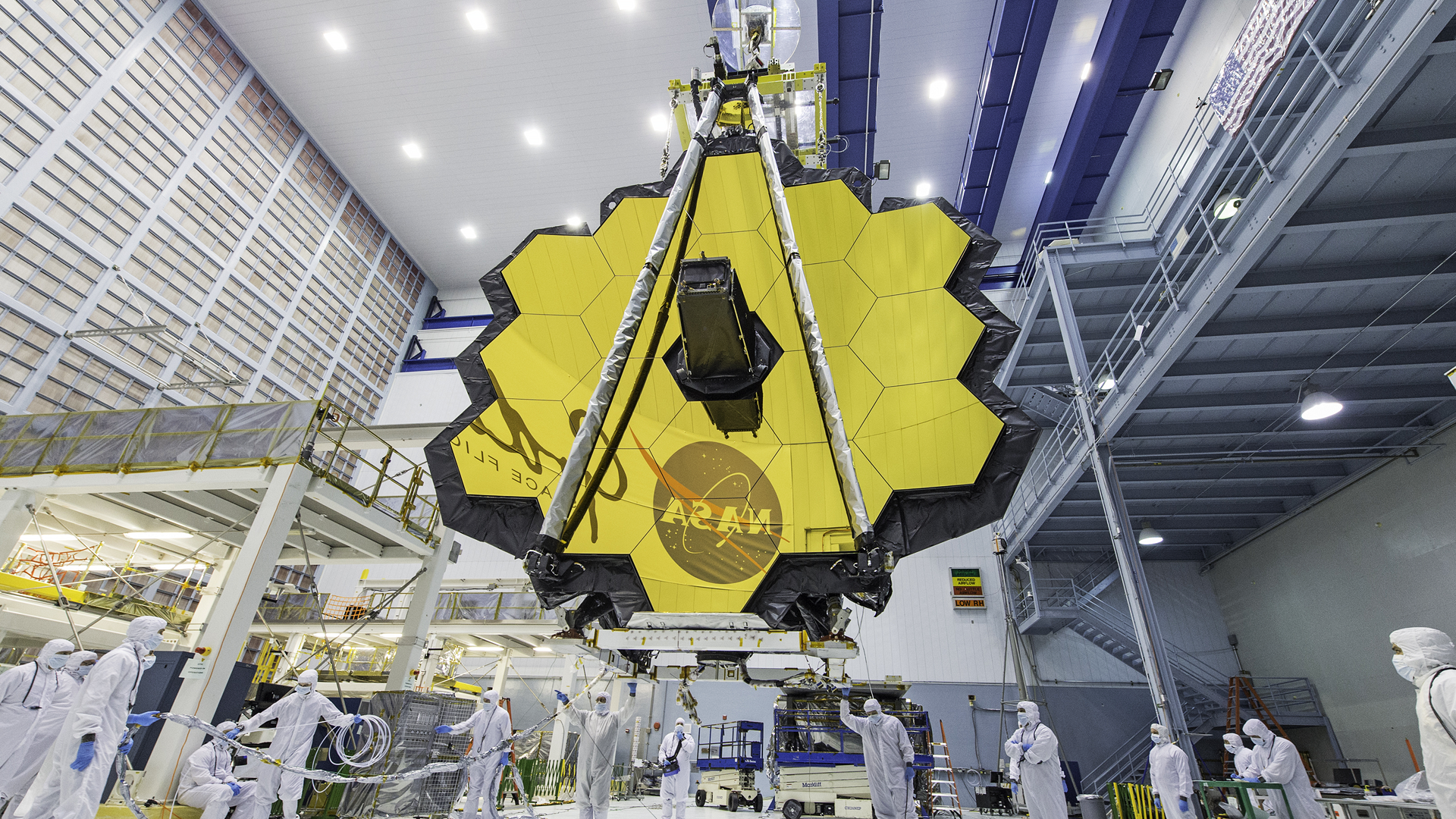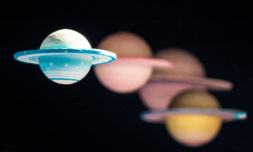NASA’s James Webb Telescope will peer further back into the universe’s mysterious history than ever before. Scientists are lauding the upcoming project as the ‘ultimate time machine’.
Decades of careful planning and development is set to finally come to fruition in October with the launch of the world’s most powerful astronomical observatory in history, the James Webb Space Telescope.
Boasting 100 times the observational power of the Hubble Space Telescope, NASA’s $10 billion USD instrument will bid farewell to Earth shortly after Halloween 2021 and will travel to its distant perch located nearly one million miles from our atmosphere.
Given the timing, NASA’s scientific minds clearly aren’t concerned about bad omens.
Once the Telescope reaches a gravitational eddy known to astronomers as the second Lagrange point (or L2) – where the gravitational forces of two large bodies produce enhanced regions of attraction and repulsion – it will begin several complex processes that may finally help to answer some of the universe’s big existential questions.
Its built-in infrared systems will hope to unearth new exoplanets in our own galaxy, some of which could potentially be habitable. Its central focus though, and what has astronomers most excited, is that it will examine cosmic light and heat radiation from the very first generation of stars formed some 14 billion years ago.
In the broadest terms, NASA’s scientists weren’t lying when they called the JWST the ‘ultimate time machine’. If the headline had you hoping for a real life DeLorean however, we sincerely apologise.
Wrapping your head around the process of studying what is quite literally primitive light can be tricky to say the least, but we’ll do our best to break it down in laymen’s terms. You will hold the attention of the table on your first post lockdown pub trip.




















